30 Apr 2020
How To Create A Home Study Room (When You Don’t Have A Study)
If your current idea of a study space is a snack-strewn bed or a lounge in the middle of a busy living room, think again: this could be seriously impacting the quality of study you get done. A quiet, dedicated space can go a long way to improving the way in which you work – even a small study space can be a great benefit to you.
But we don’t suggest you start knocking down walls to make room for a new study just yet. There are plenty of ways to create a home study room within an existing room, even!
How To Make A Study Environment At Home
This article has been written for those who do not already have a dedicated study room or space in their house – something that is certainly a rarity in student accommodation or a share house. In this case, carving out a little nook where you can retreat without disturbance is excellent for concentration and for getting the most out of your study time.
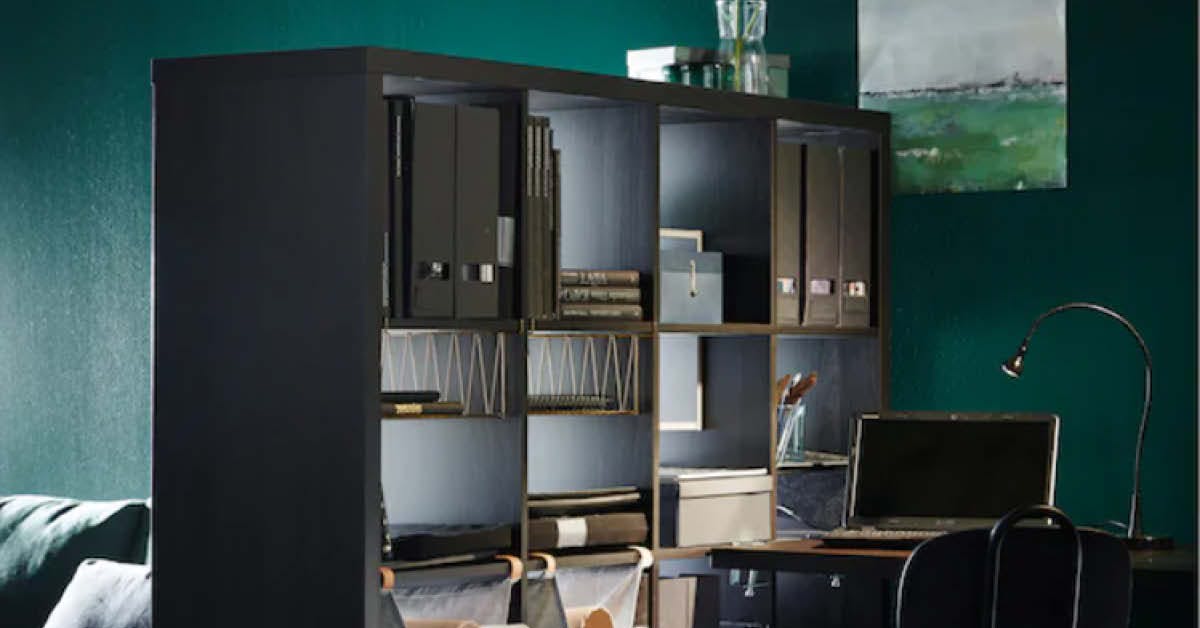
(Image courtesy Ikea blog)
One of the simplest ways to create study in your bedroom or even a study space in your living room, is to section off an area dedicated purely to your time in the books. You could use furniture such as a bookcase or storage unit to do this, or purchase a divider screen if you’re really pushing for space. This will give the illusion that you are sitting in a different room and keep out interruptions.
If you need to get creative about space, there are some slightly more unconventional spaces that you can make your new study area. This could be within a cupboard, under the stairs, or just a small alcove somewhere in the home.
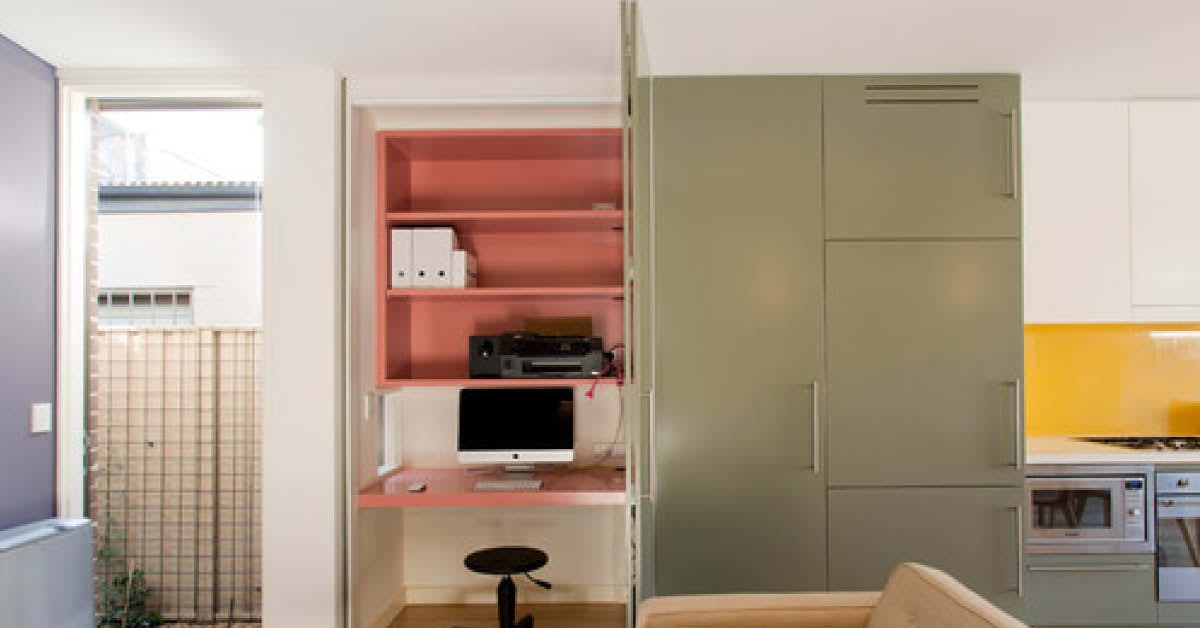
(Image courtesy Houzz)
While we could talk endlessly about customising and dressing up your home study space to make it an inviting place to work, there are a few things that every study should consider.
Remove All Distractions From The Space
Once you have your dedicated home study room, it’s important to remove all distractions from your immediate area. The goal here is to maximise the attention you can give your studies, so you should remove things such as:
Your mobile phone (for obvious reasons!).
Video game consoles.
Multiple computer monitors, unless they are required for study.
Messy food and drinks, particularly junk food.
Other people, unless you are working on a group project or are undertaking tutoring.
Have Everything Ready To Go
Before you sit down for your first study session, make sure you have everything you need in reach – this will stop you from getting out of your chair and potentially getting distracted. This means having all of the essentials in your home study space including:
A comfortable, ergonomic desk chair. This will do wonders for you during longer, intense study sessions.
Your computer, if needed.
An external mouse, if you are using a laptop. These are much easier to use than the trackpad.
Relevant textbooks.
Notebooks.
A pad of paper. This is for taking down thoughts as you are studying, such as “I have to buy my friend a birthday present!” Rather than hopping online and starting shopping, jot the thought down and come back to it.
Writing utensils and other stationery.
There are a few more items you might wish to include that aren’t necessary, but may help keep you in a studious mood. These include:
A whiteboard with dry erase markers, for brainstorming or jotting down ideas.
Headphones. A quality set that blocks out noise can be very useful for keeping your focus on your studies.
Tea, coffee or water, and snacks that don’t make a mess.
A paper calendar. This stops you from hopping on your phone to check the date or schedule appointments.
Set The Tone With The Right Light
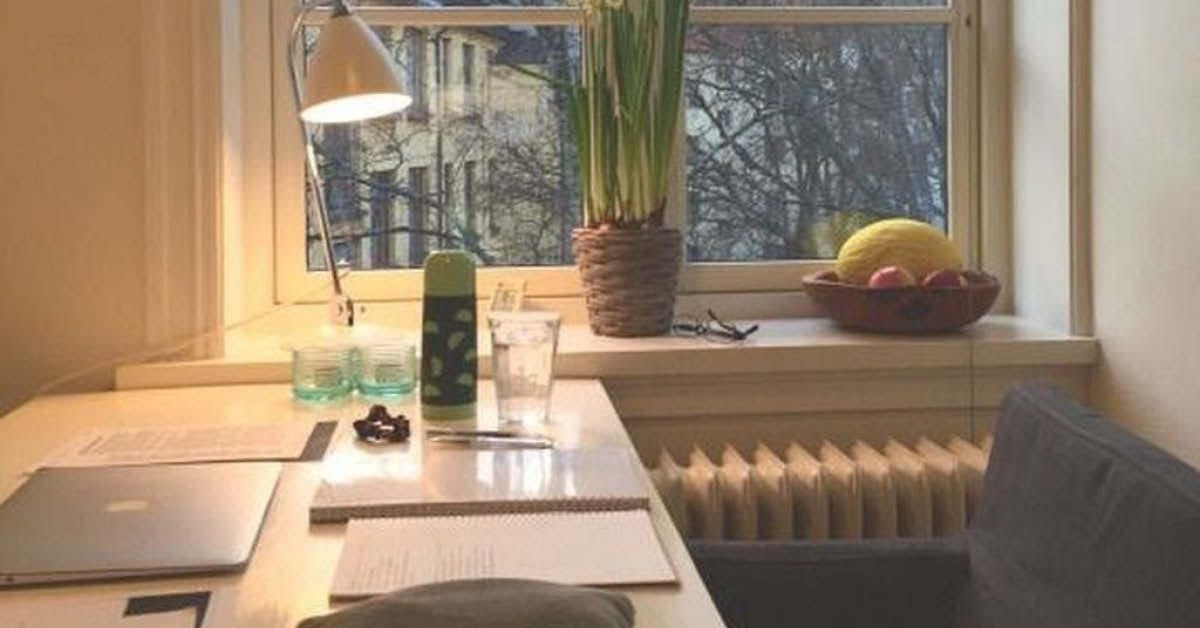
(image courtesy Gehouz)
Lighting is very important when it comes to both large and small study spaces, since lighting can affect the efficiency of your study.
There are actually two types of lighting you shoulder consider for your study space: task lighting, and general lighting. Task lighting is where you focus light on a particular area, such as your textbook or notebook, making it easier to complete your study tasks. Task lighting can also assist with eye strain, and also boosts productivity. A German study also suggested that students perform better under warm lighting (i.e. yellow light) than cool light (i.e. white light).
When it comes to general lighting for your home study space, it is generally agreed that natural light is best. According to a 2011 study, natural lighting increases productivity and cognitive performance. Good lighting can also contribute to better posture (due to not having to squint or lean into your work) and reduce eye fatigue, which can lead to headaches or even migraines.
Make Your Home Study Space A Comfortable Place To Be
A bit of aesthetically pleasing décor can go a long way, and can make you actually want to be in your workspace. Think indoor plants, candles or fragrance diffusers, cool prints and posters for the wall, or a corkboard full of inspiring ideas.
Pay attention to clutter in your home study room, too. If you have a creative mind, you might find some interesting ideas pop up in a busy space, or you might be the complete opposite and find that a minimalist desk is where you’re most productive. Play with both options to see which one you’re most comfortable with.
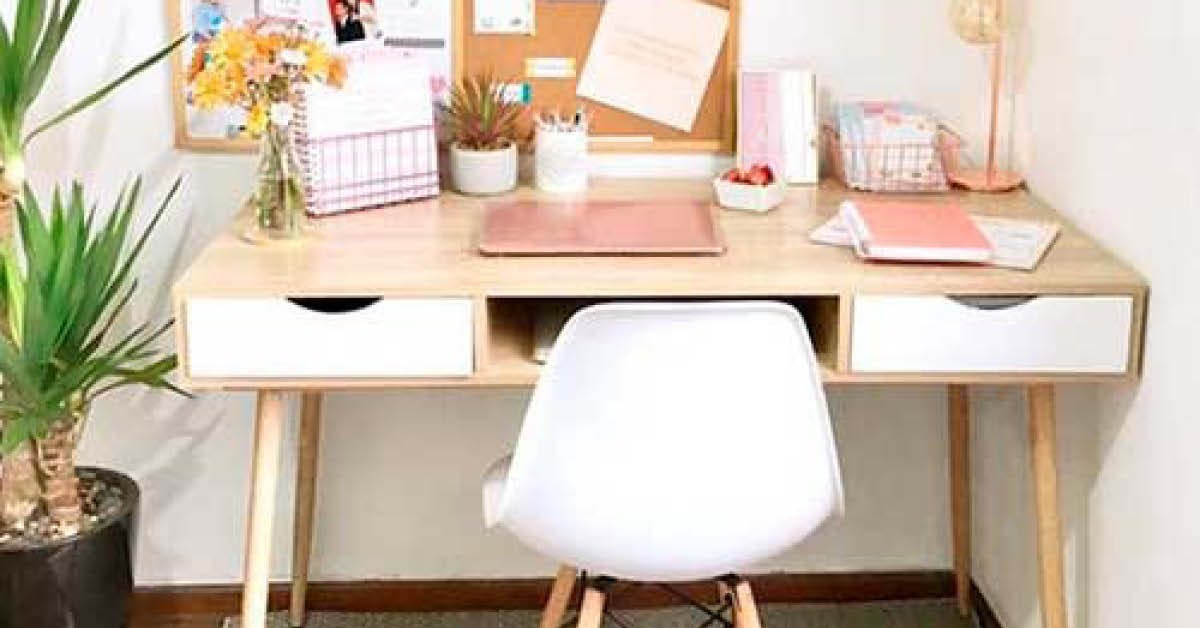
(Image courtesy Agendas Y Diarios)
Ambient temperature in your study space is important as well. Research out of a Finnish university suggests that the best temperature range for optimal productivity is between 22°C and 25°C – outside of these boundaries, more mistakes tend to happen.
After more handy study hints? Check out our blog for career articles and much more!
Related Articles

Highest Paying Jobs Without a Degree
Do you really need a uni degree to get a job that pays well? . If you don’t want to spend four years studying and accruing a large debt in order to walk into an entry-level role, you have other options.
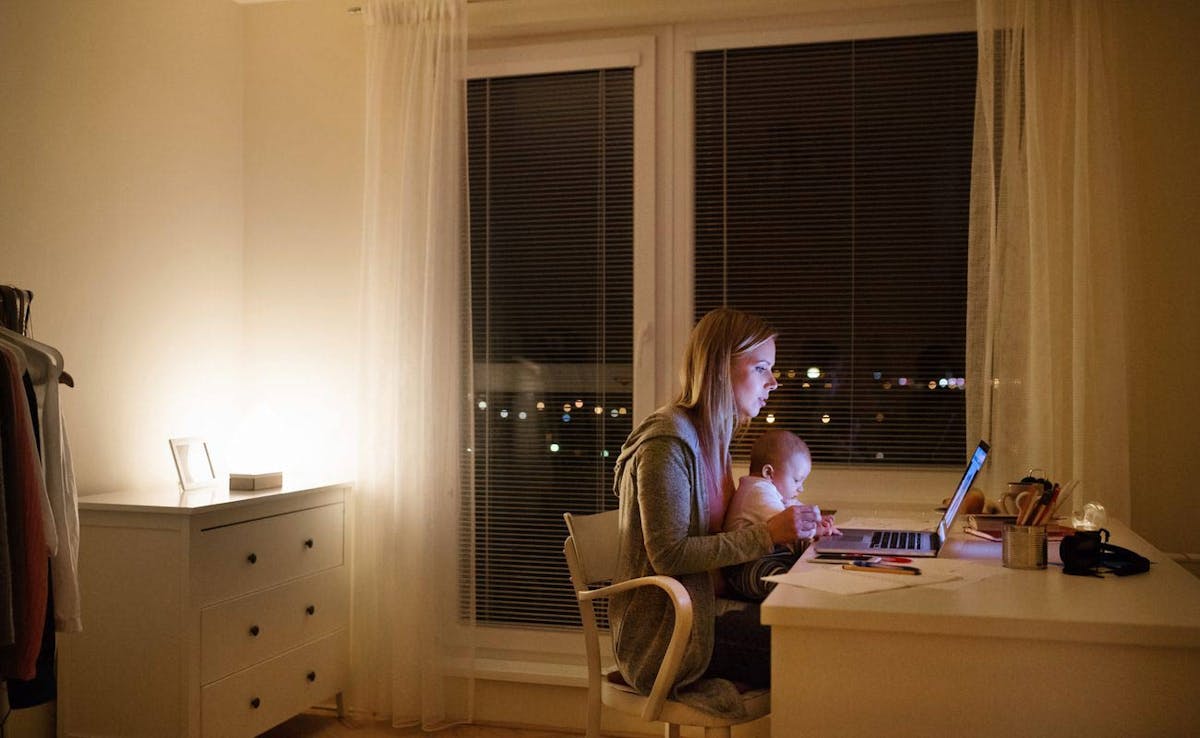
How to Get a Job after Being a Stay-at-Home Parent
Stay-at-home parents face a lot of challenges, but returning to the work force can be more than a little daunting. There is a lot of uncertainty, and at Foundation Education we understand you have a lot of responsibility.

Proud member of

© Foundation Education | RTO Number 22557
